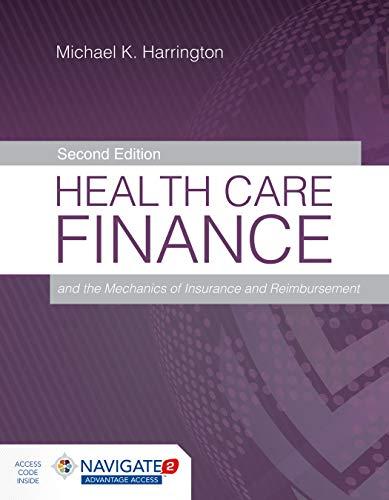27. Which of the following statements is CORRECT? a. The NYSE does not exist as a physical location. Rather it represents a loose collection of dealers who transact in common stocks by electronic means b. An example of a secondary market transaction would be your grandfather participating in an "Initial Public Offering of Snapchat c. Capital market instruments include both long-term corporate bonds and common stocks. d. If your uncle in New York sold 100 shares of Apple common stock through his broker to an investor in Los Angeles, this would be an example of a primary market transaction. e. While the two frequently perform similar functions, investment banks generally specialize in lending money, whereas commercial banks generally help companies raise large blocks of capital from investors. 28. Which of the following bank accounts has the highest effective annual return? 29. An account that pays 9% nominal interest with monthly compounding An account that pays 9% nominal interest with annual compounding An account that pays 8% nominal interest with daily compounding An account that pays 8% nominal interest with monthly compounding, e. An account that pays 9% nominal interest with daily compounding In class, we discussed the concept of a "Risk / Return Trade-Off Graph" (see "Formula Page" on back). On this graph, a U.S. Treasury bill has the lowest risk of loss of principal, but also the lowest potential rate of return; and various commodities and derivative securities (such as futures and options) had the highest risk of loss of principal, but also the highest potential rate of return. Other securities - such as Corporate Bonds and Common Stocks - fell in between U.S. Treasury bills and Commodities on the Risk / Return Trade-off Graph. Say we owned a portfolio comprised of both U.S. Treasury and corporate bonds. Based on the historical rates of return on various securities, what might we expect to happen -on average and over time -- to both the expected rate of return, as well as the risk (volatility) of our bond portfolio, if we added a diversified group of common stocks to our existing portfolio of bonds? Olabilite and cor return or both We would expect the rate of return on the portfolio to increase; and the risk (volatility) of the portfolio to decrease. We would expect the rate of return on the portfolio to increase; and the risk (volatility) of the portfolio to increase. We would expect both the rate of return and risk (volatility) of the portfolio to decrease. The rate of return would quickly increase - and then decrease - while the risk (volatility) of the portfolio would remain the same. We have no idea of what to expect, because we do not know what the correlation is between bonds and common stocks







